Many of us love dogs, but for some people, they aren’t the best pets to be around. Some unfortunate individuals can have allergic reactions when they pet a dog, are licked by a dog, or simply spend any time around a dog.
The common symptoms of dog allergies are itches and swelling in the membranes of the nose, redness of the skin after touching a dog, coughing, shortness of breath, and rashes on the face, neck, hands and chest. Having these irritating reactions when interacting with dogs is a nightmare for dog lovers.
Any animal with fur can trigger allergic responses. However, pet allergy is mostly associated with common household pets like dogs and cats. Many people are allergic to dogs because of a protein in the saliva that is also released through the dog’s skin. This is where hypoallergenic dog breeds – who don’t shed, or shed in very small amounts – play an important role in the lives of people who suffer allergic reactions. Hypoallergenic dogs do not release the allergy-causing dander into the environment as much as non-hypoallergenic breeds, which can help people with allergies to spend time with dogs.
A hypoallergenic dog breed is a major consideration for people with pet allergies who want dogs in their lives.
What does the term 'hypoallergenic dog' actually mean?
Hypoallergenic dogs are dog breeds that are compatible with people who are typically allergic to dogs. Although no dog breed is completely hypoallergenic, these breeds of dogs have proven themselves to be a better fit for people with allergies. Hypoallergenic dogs are far easier on people’s allergies than non-hypoallergenic dog breeds.
There are also hypoallergenic dog breeds that are crosses between different breeds (such as the Labradoodle), so a hypoallergenic dog does not necessarily have to be purebred.
What makes a dog hypoallergenic?
Regardless of the dog breed, dogs produce things that can cause allergies. Tiny, even microscopic flecks of skin can cause allergic responses. It’s important to note that no single dog breed can be fully hypoallergenic, but in the ones that don’t shed or shed very little, the allergy-causing particles do not get released to the environment as frequently. This is what classifies a dog as hypoallergenic.
Some hypoallergenic dogs have a thinner undercoat, or don’t even have an undercoat at all. They don’t shed, or shed seasonally in smaller amounts. Combined, these factors are what makes hypoallergenic dogs ‘hypoallergenic’.
For many people, pet hair is the leading cause of allergies. It is commonly believed that hairless dogs are the answer, but hairless dogs also produce dander which gets tossed into the environment, Hypoallergenic dogs are known for not producing as much dander as non-hypoallergenic dogs do, so are overall more comfortable for people who suffer with pet allergies.
What are the benefits of hypoallergenic dogs?
The benefits of hypoallergenic dogs for people with allergies are obvious. They don’t trigger allergic responses or as much as non-hypoallergenic dogs do. Although some people might still experience irritation when licked by a hypoallergenic dog, if you are a dog lover, choosing a hypoallergenic dog breed is preferable to not having a dog at all.
Having a hypoallergenic dog with simple measures such as limiting exposure is enough for most people with allergies, but there are extra things you can do to prevent symptoms, like setting up a high efficiency particulate air (HEPA) filter to remove larger pet dander that will add to the benefits of having a hypoallergenic dog.
Which dog breeds are hypoallergenic?
There are several hypoallergenic dogs, and some on them might surprise you! Here is a list of popular dog breeds that are considered to be hypoallergenic.
Affenpinscher
Affenpinschers have a slow growing coat, so the hair isn’t replaced very often. This results in Affenpinschers not releasing much hair and dander into the environment.
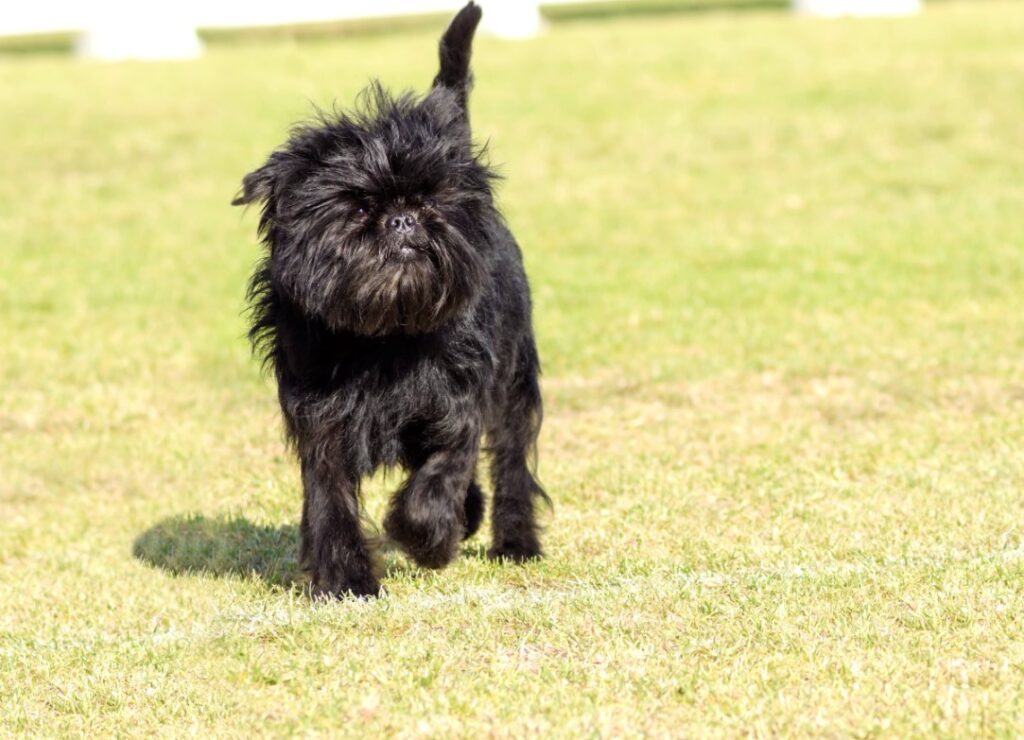
Bichon Frise
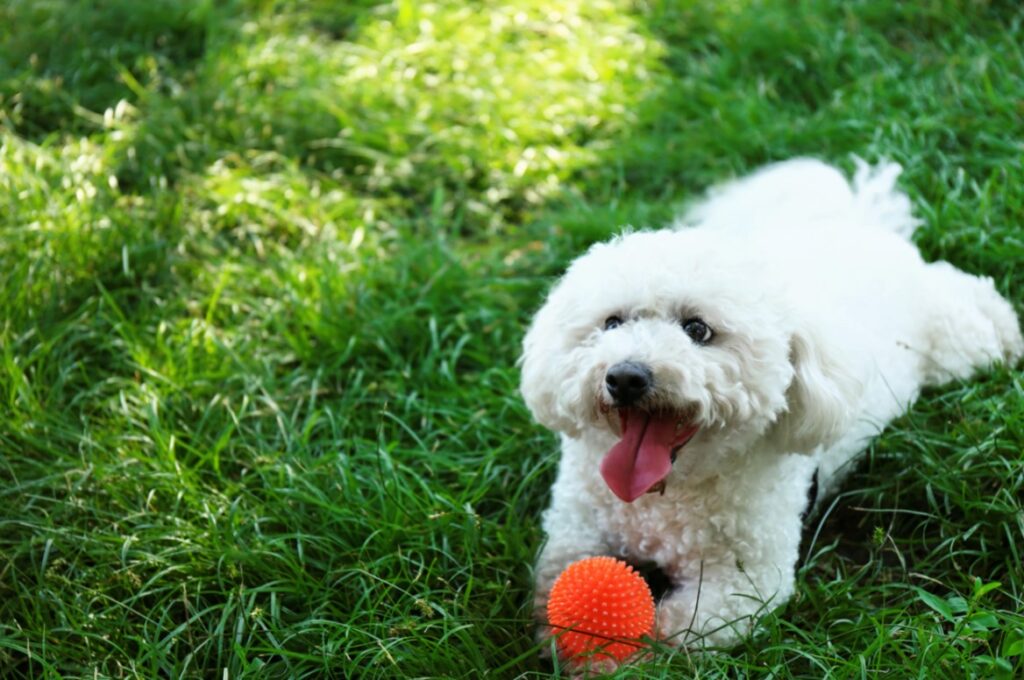
Bichon Frises may shed a little, but they have hair that keeps growing. The only time the hair stops growing is when they are clipped. The breed is well-known for not producing much dander, thus making them hypoallergenic.
Maltese
The Maltese is a small dog breed that doesn’t have an undercoat. They come with long, silky hair that isn’t curled. The breed sheds very little, and because of their size, they produce less dander compared to larger dog breeds.
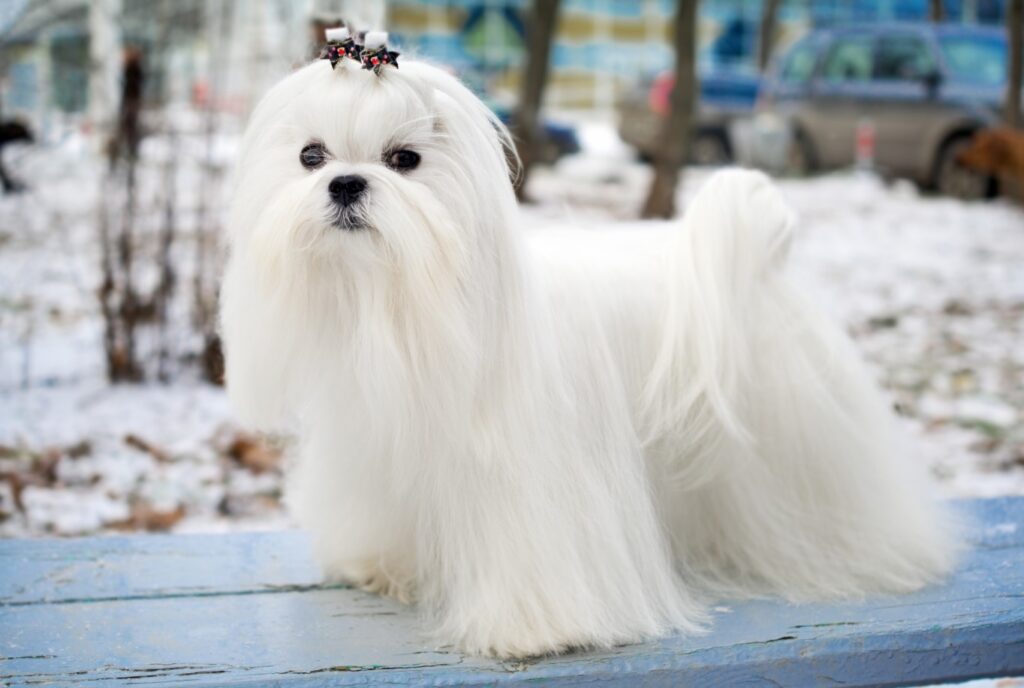
Poodle
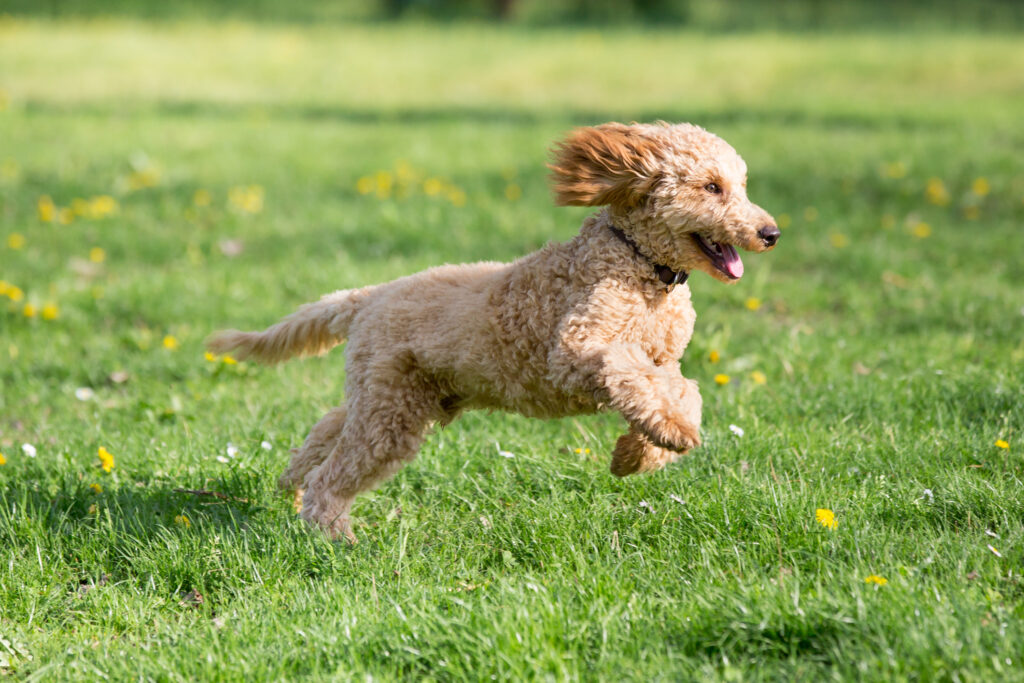
Poodles come in three different sizes – Toy, Miniature and Standard. One thing that they all have in common is that they are hypoallergenic. The breed sheds very little, and because they require regular grooming, their hair sticking to your surroundings shouldn’t be a problem. They are considered to be one of the best hypoallergenic dog breeds by experts.
Yorkshire Terrier
Yorkies have a single layer of human-like hairs, not fur. They don’t shed and, like many other smaller dog breeds, do not produce as much dander. This makes it easier for allergy sufferers.
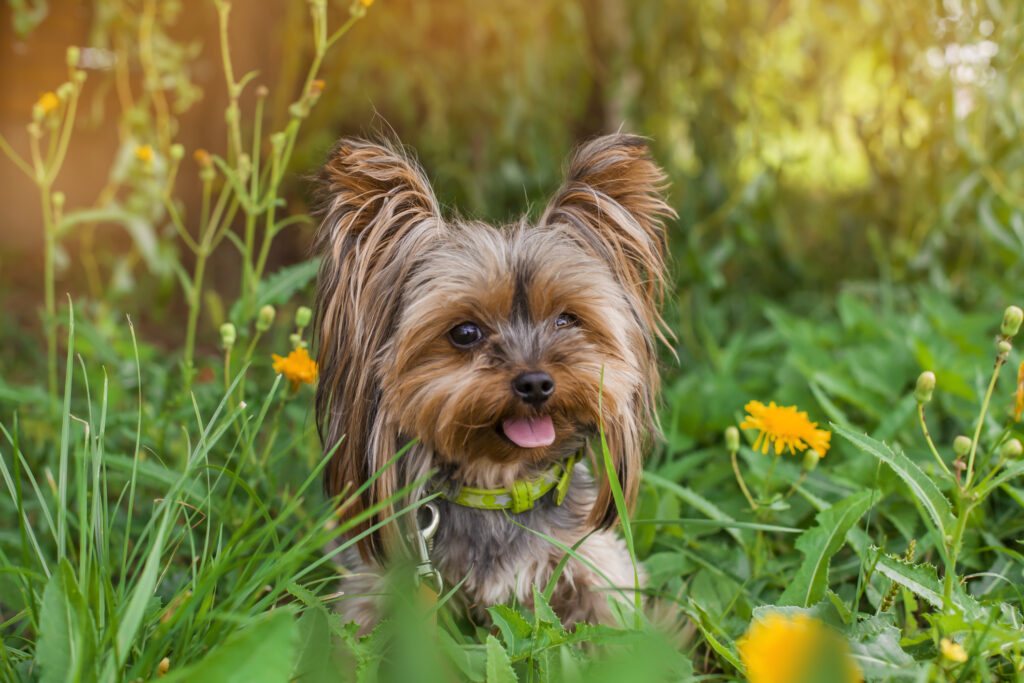
Giant Schnauzer
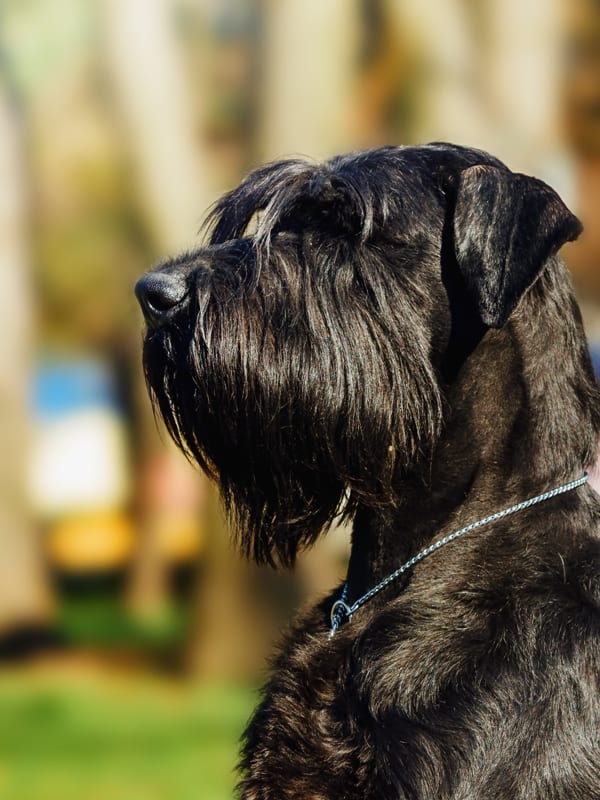
Although a double-coated breed, Giant Schnauzers aren’t big shedders naturally, and they need regular brushing and grooming to keep a healthy coat. This demand, and not shedding frequently, make them hypoallergenic.
American Hairless Terrier
As the name suggests, the American Hairless Terrier is a hairless dog breed and is hypoallergenic. They only have hair on their eyebrows and whiskers. The breed also has a coated variety that is also hypoallergenic.

Irish Water Spaniel
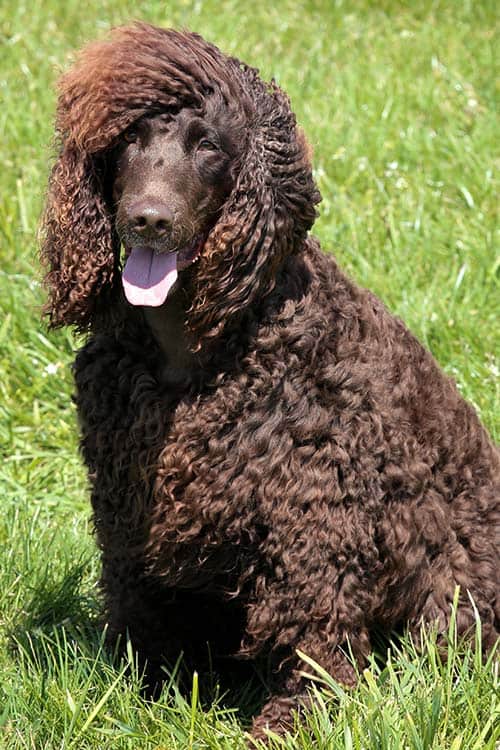
Often referred to as the clown of the Spaniel family, the Irish Water Spaniel is a hypoallergenic breed. The double-coated breed ensures that the allergy-inducing dander and hair is trapped inside the coat, not releasing them to the environment. Regular brushing and grooming also help.
Labradoodle
A cross between Labrador Retrievers and Poodles, Labradoodles are hypoallergenic. Although the Labrador Retriever isn’t a hypoallergenic dog breed, Labradoodles obtain this characteristic from the Poodle. They don’t shed, and their thick coat traps flecks of skin and anything else that can trigger allergies.
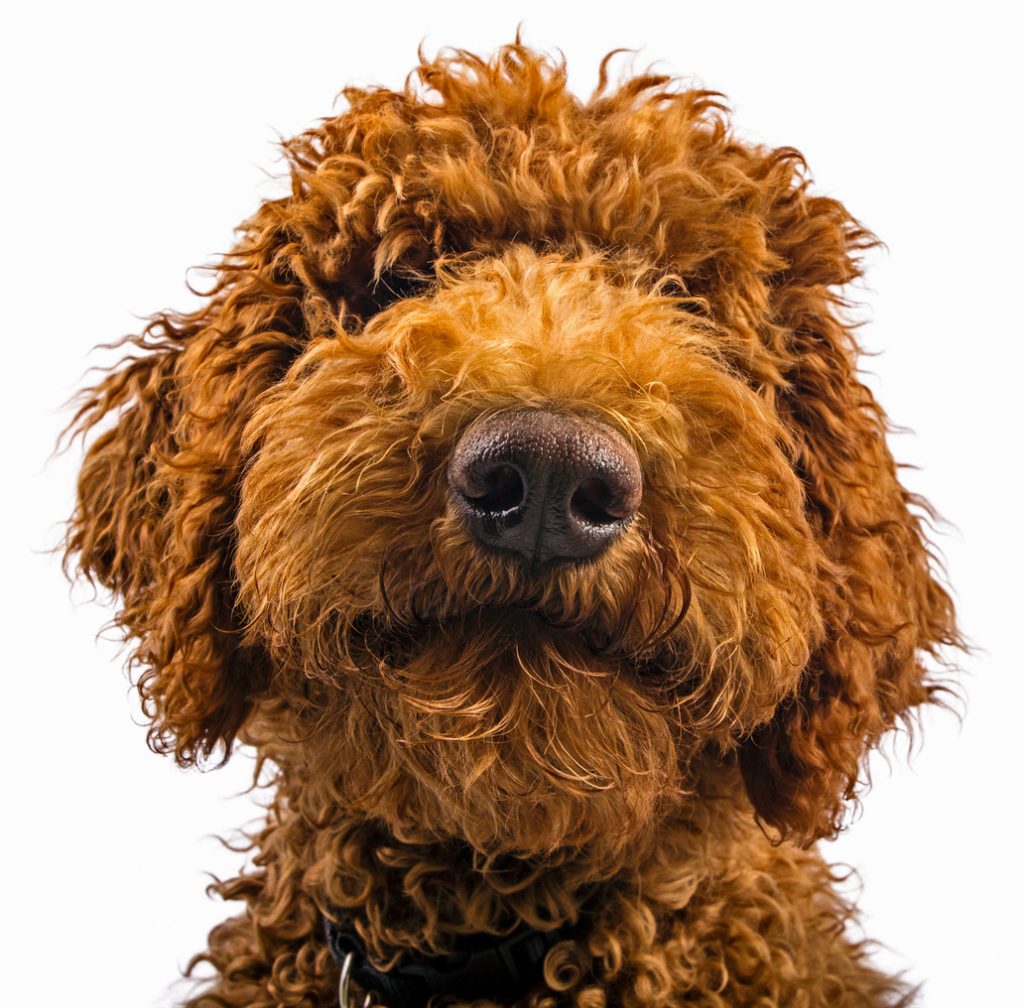
Brussels Griffon
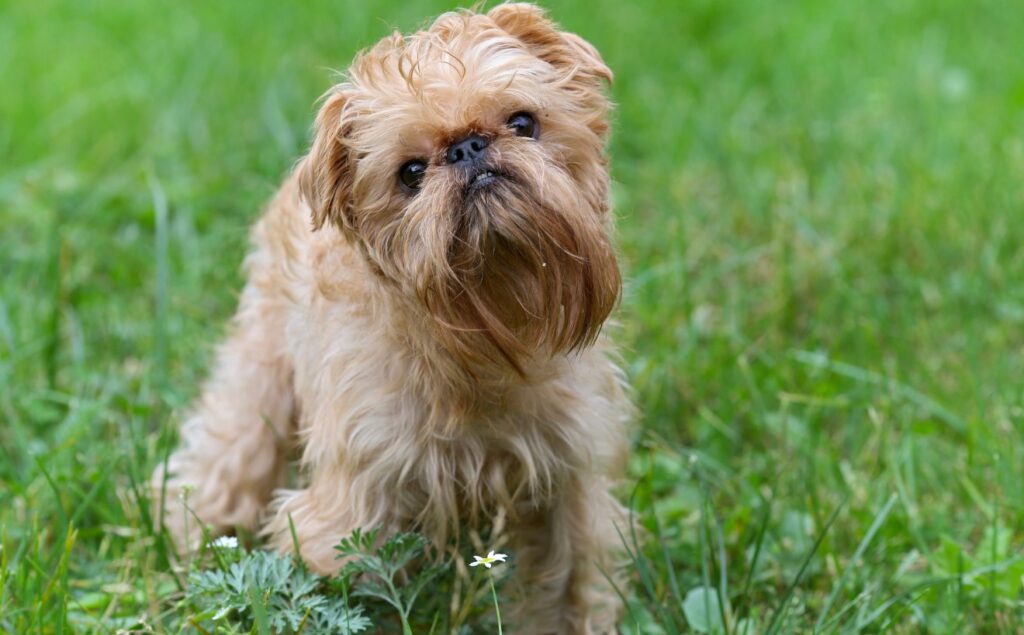
Brussel Griffons are a compact hypoallergenic breed that doesn’t shed much, and usually, the shedding occurs during spring and fall in smooth-coated variants. They don’t have much hair except for their iconic beards, and their coat is short and rough.


You must be logged in to post a comment.